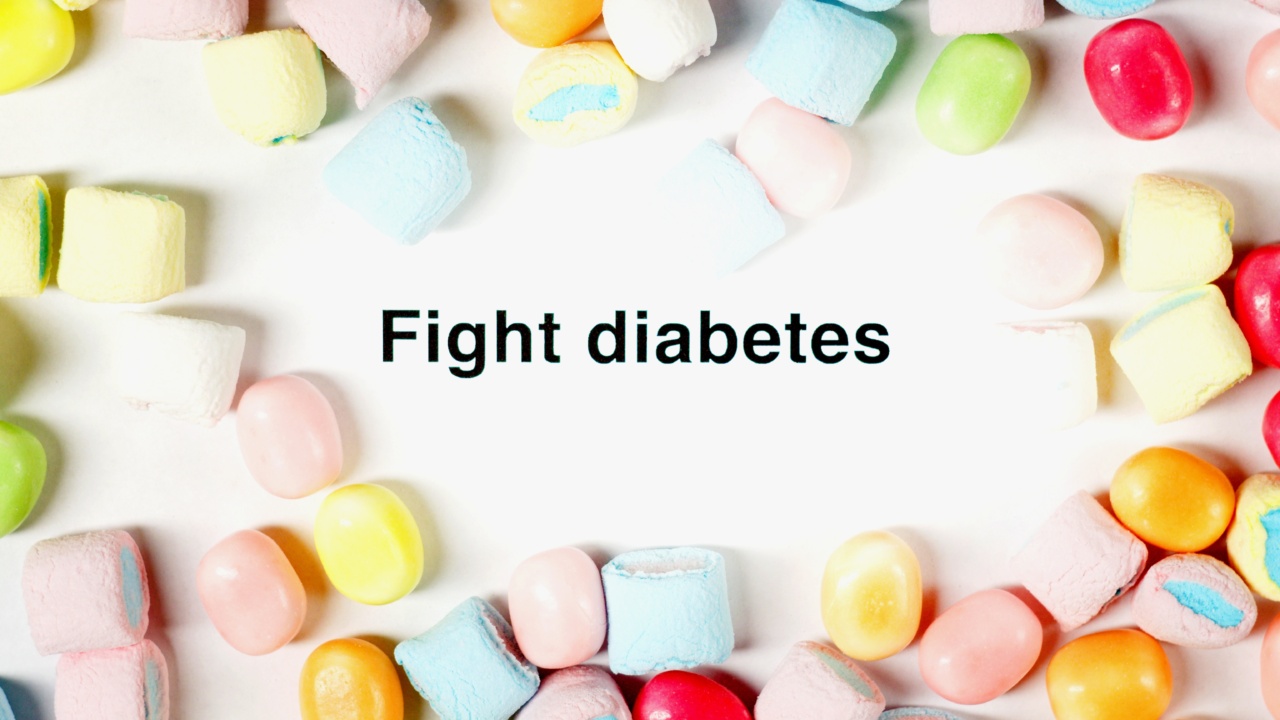Waist pain can be caused by a variety of factors, such as injuries, poor posture, or underlying medical conditions. While medical intervention may be necessary in some cases, certain dietary changes can also help relieve waist pain.
In this article, we will explore some dietary tips to alleviate waist pain and improve your overall well-being.
1. Increase Your Protein Intake
Protein is essential for building and repairing muscle tissue and bones, which can help ease waist pain. A diet that is rich in protein can also help you maintain a healthy weight, which is crucial for reducing pressure on your waist and lower back.
Some protein-rich foods include lean meat, fish, eggs, dairy products, nuts, and seeds.
2. Eat More Anti-Inflammatory Foods
Inflammation can contribute to waist pain, and therefore, it’s essential to include anti-inflammatory foods in your diet. Some examples of anti-inflammatory foods include fruits, vegetables, whole grains, nuts, and fatty fish, such as salmon.
Avoid processed and sugary foods, as they can increase inflammation in the body.
3. Stay Hydrated
Dehydration can worsen waist pain, as it can lead to muscle cramps and spasms. Make sure you drink at least eight glasses of water per day to stay hydrated.
Avoid sugary drinks, as they can lead to weight gain and inflammation, which can exacerbate waist pain.
4. Incorporate More Fiber in Your Diet
Fiber can help regulate bowel movements, which can alleviate waist pain caused by constipation. Some high-fiber foods include fruits, vegetables, whole grains, legumes, and nuts.
Make sure you drink plenty of water when increasing your fiber intake, as it can cause bloating and discomfort if you’re not adequately hydrated.
5. Reduce Your Salt and Sodium Intake
Excessive salt and sodium can lead to water retention, which can worsen waist pain. Try to limit your salt and sodium intake, and avoid processed foods, as they are often high in sodium. Use herbs and spices to flavor your food instead of salt.
6. Include Calcium and Vitamin D in Your Diet
Calcium and vitamin D are crucial for maintaining bone health, which can help alleviate waist pain caused by conditions such as osteoporosis. Some calcium-rich foods include dairy products, leafy greens, and tofu.
Vitamin D can be found in fatty fish, such as salmon, and fortified foods, such as milk and cereal. Consult with your doctor to see if you need to take supplements to reach your recommended daily intake of these nutrients.
7. Use Healthy Fats
Healthy fats, such as omega-3 and monounsaturated fats, can help reduce inflammation in the body, which can alleviate waist pain. Some examples of healthy fats include fatty fish, nuts, seeds, avocado, and olive oil.
Avoid trans fats, as they can increase inflammation and worsen waist pain.
8. Cut Back on Alcohol and Caffeine
Both alcohol and caffeine can dehydrate the body and worsen waist pain. Try to limit your intake of these beverages, or avoid them altogether if possible. If you do consume alcohol or caffeine, make sure you drink plenty of water to stay hydrated.
9. Avoid Trigger Foods
Some foods can trigger waist pain in certain individuals, such as spicy foods or dairy products. Pay attention to your body and try to avoid foods that worsen your waist pain.
10. Consult with a Nutritionist
Working with a nutritionist can help you develop a personalized diet plan to alleviate your waist pain. They can also help you track your progress and make necessary adjustments to your diet.




























